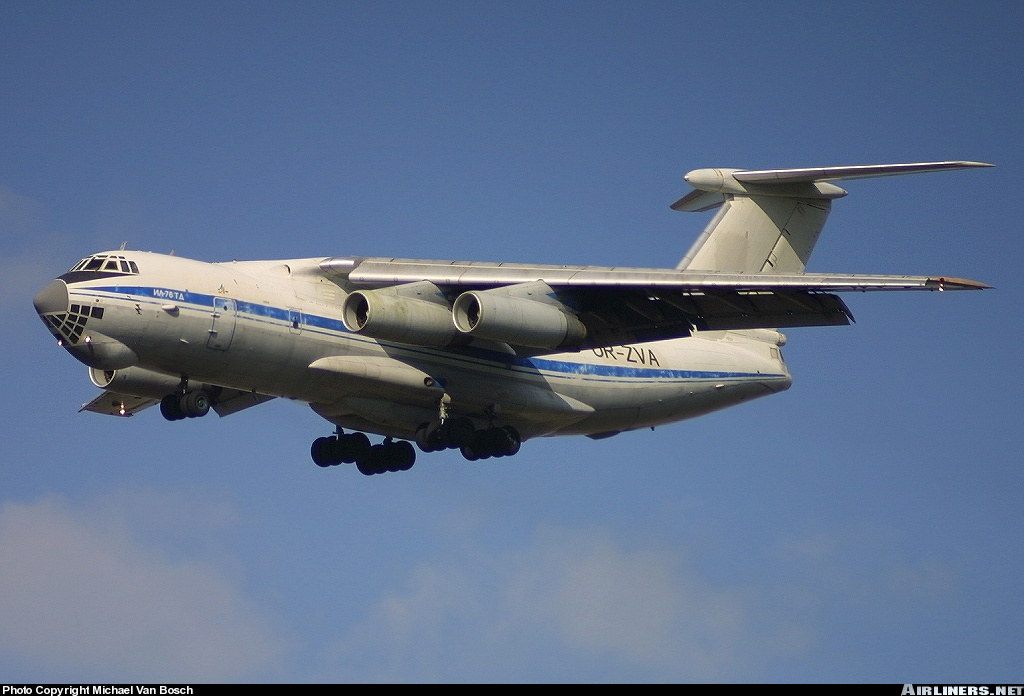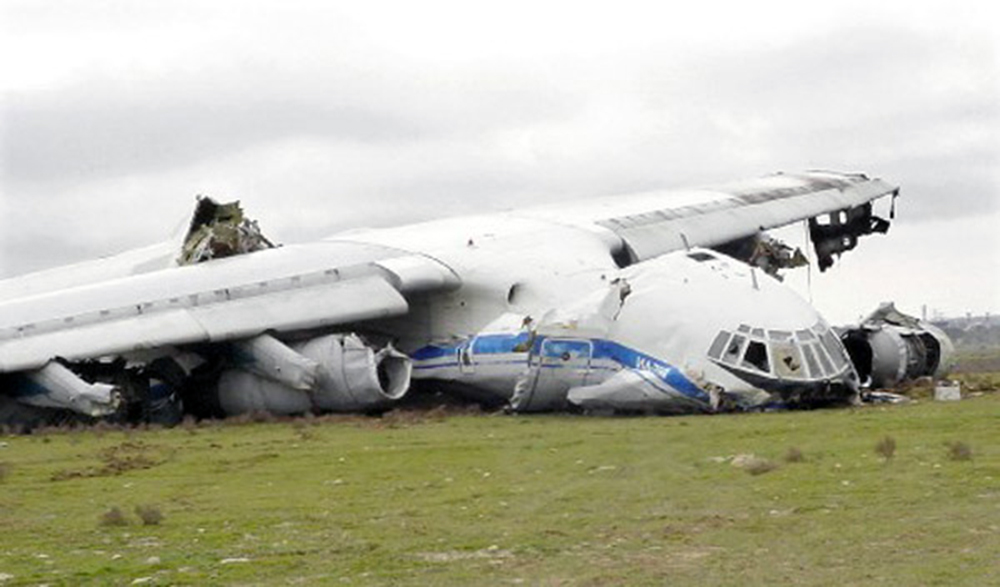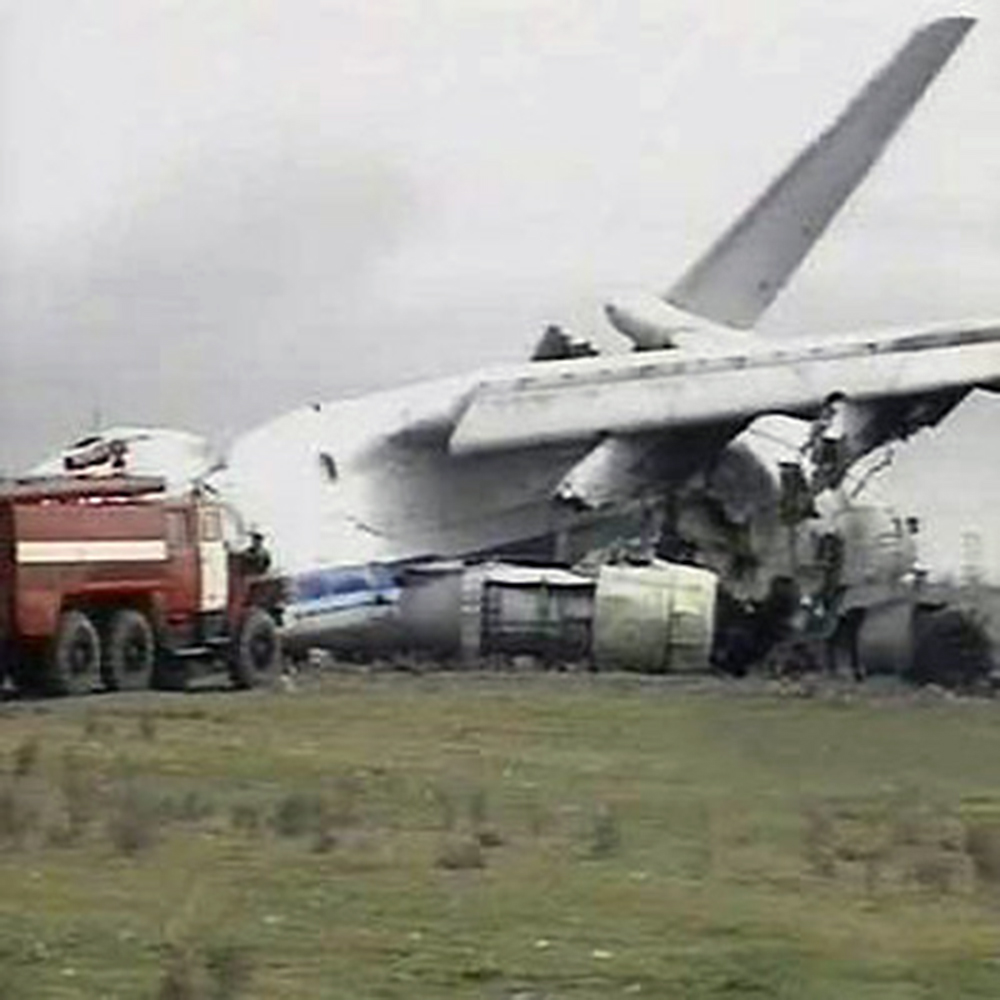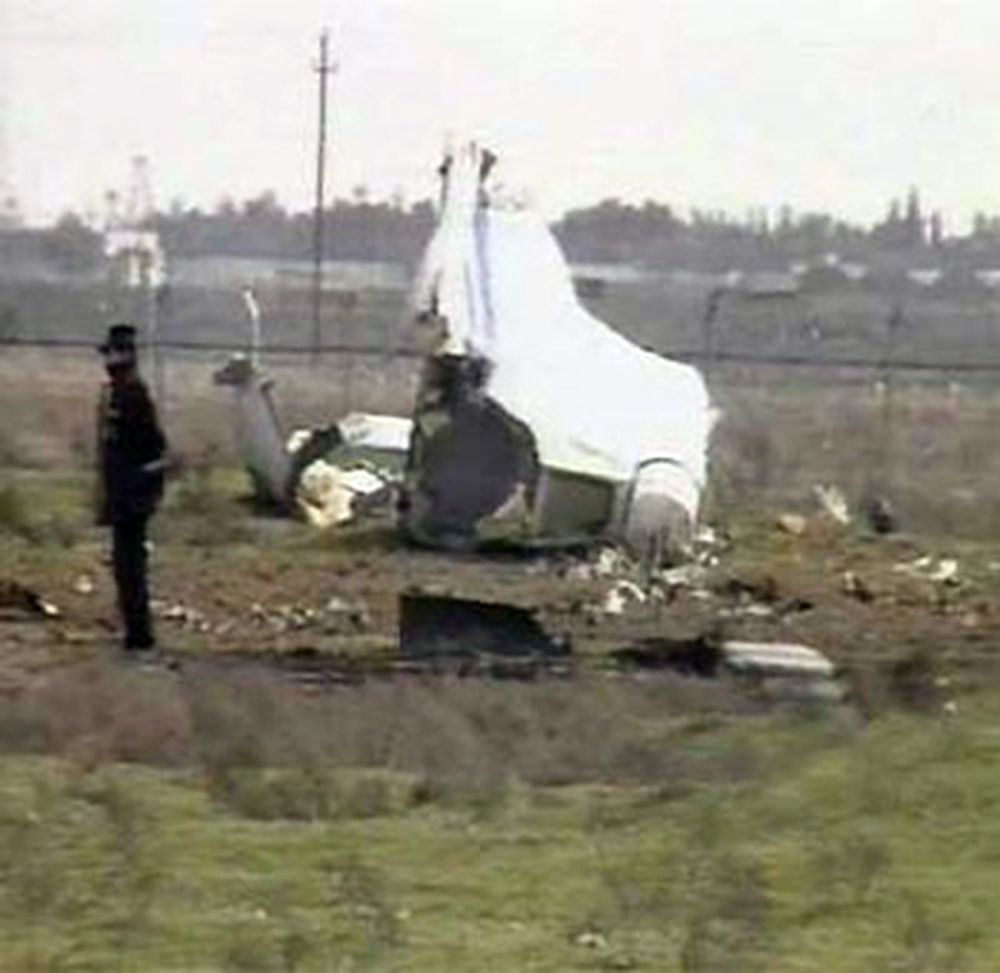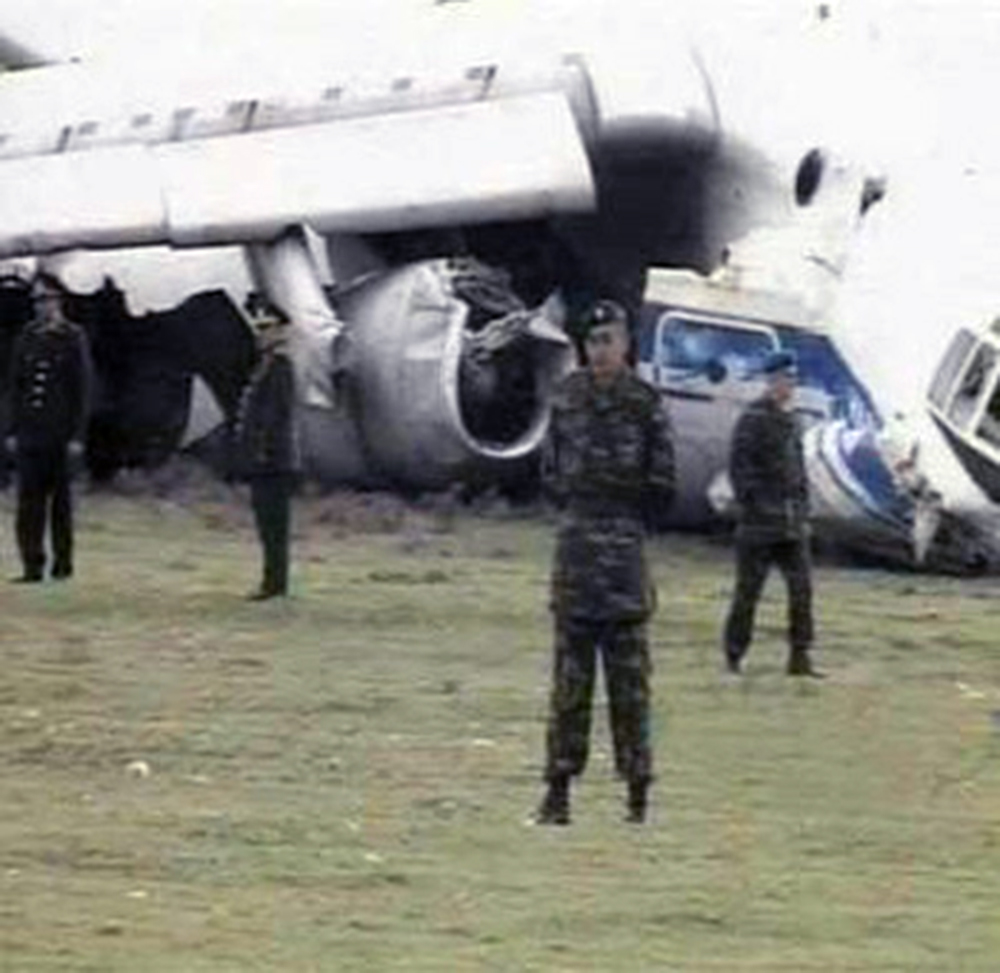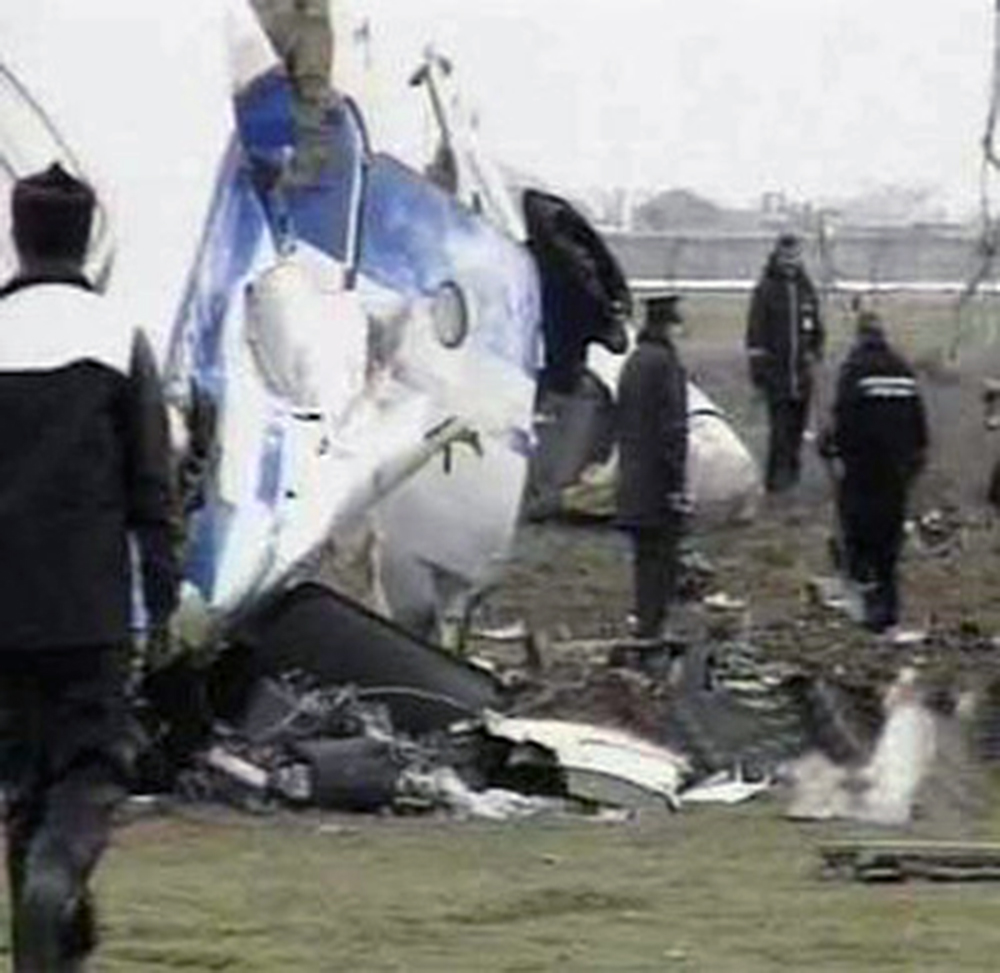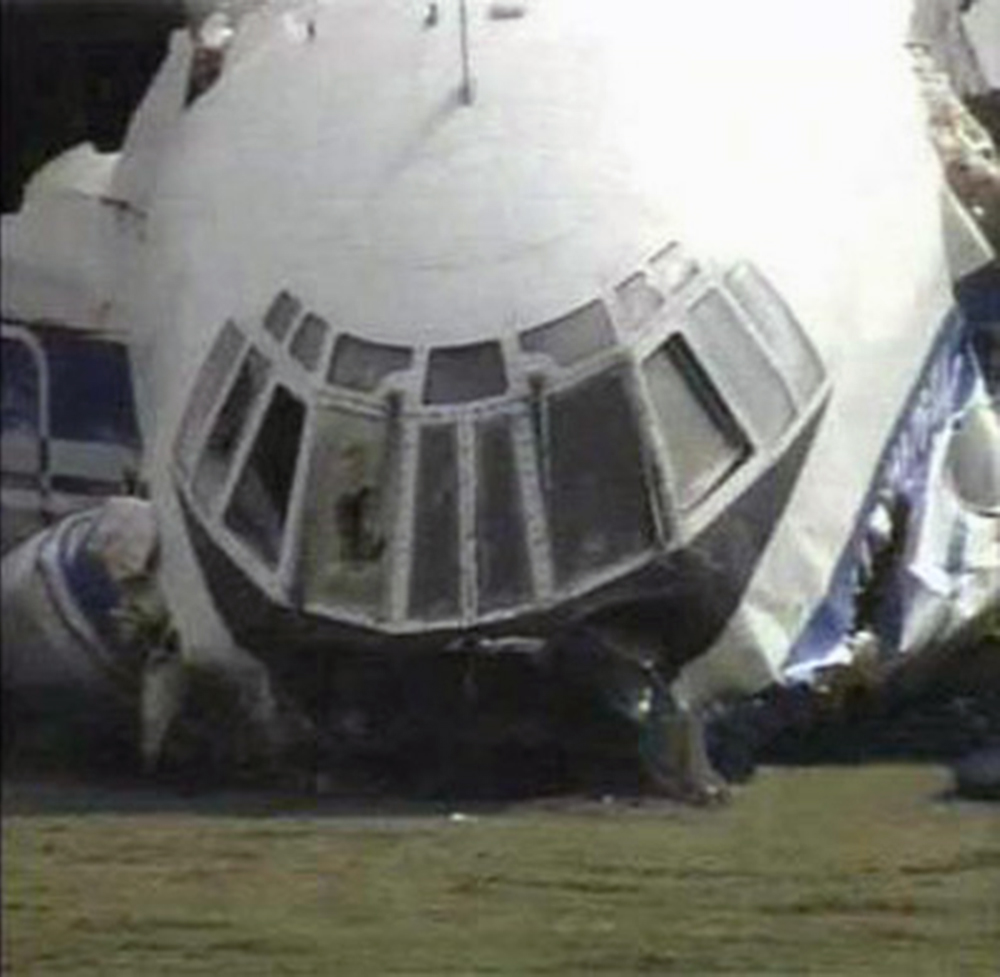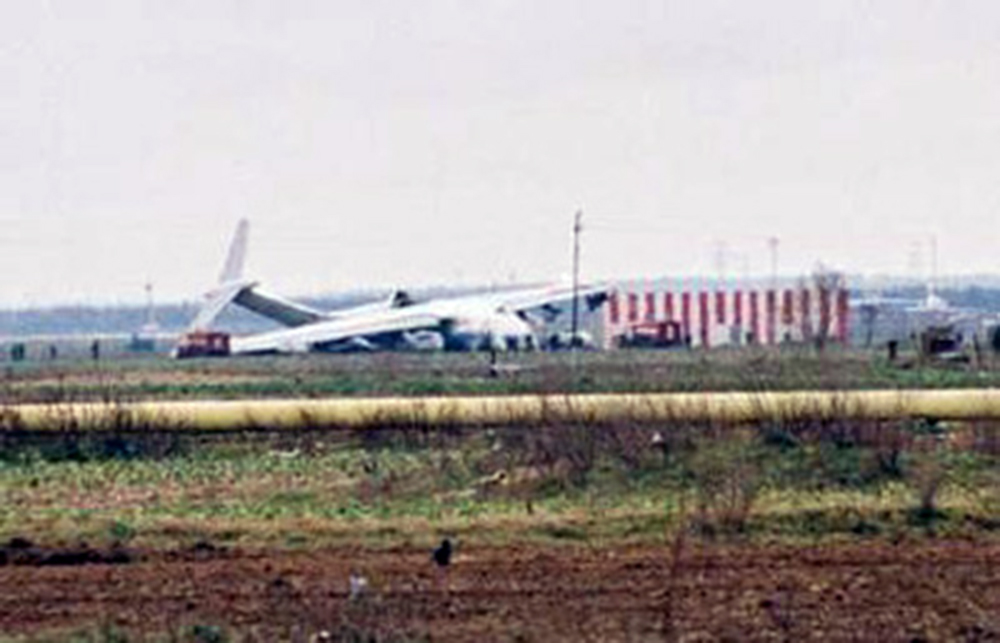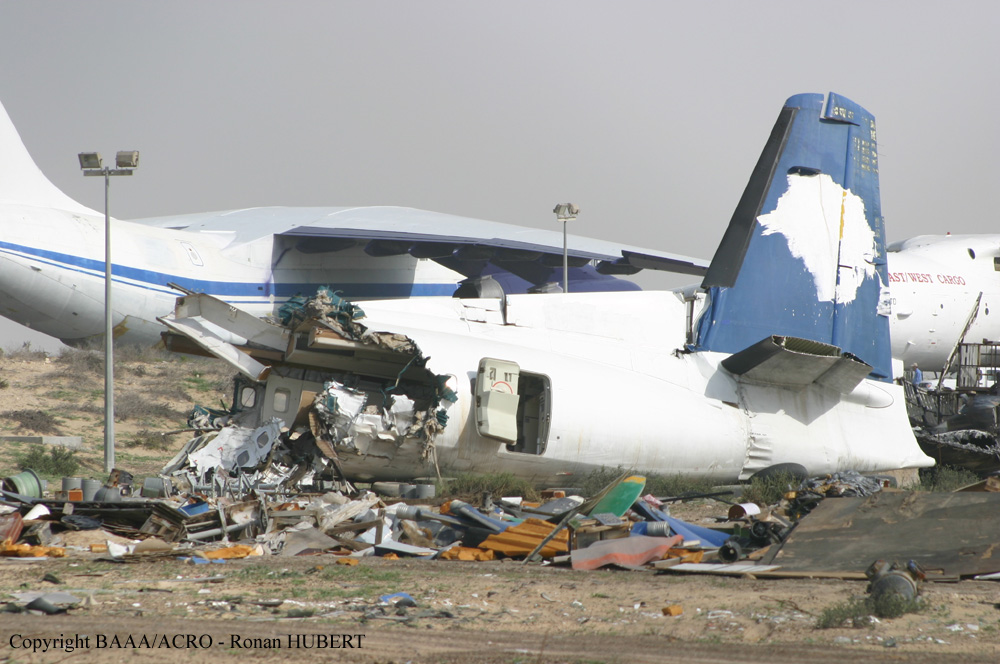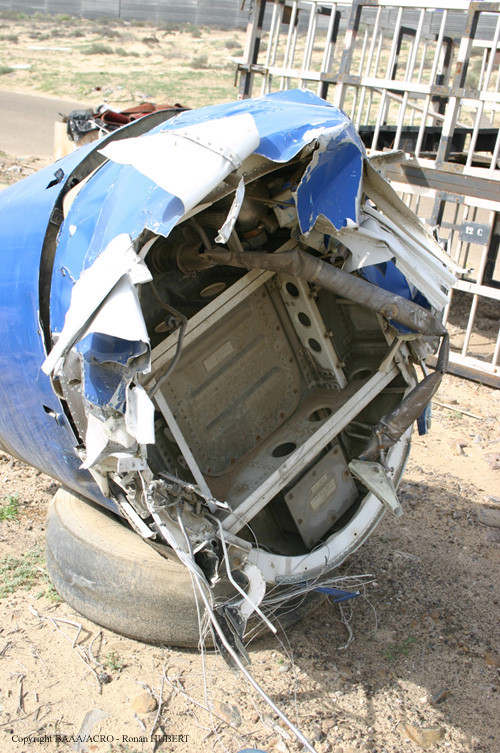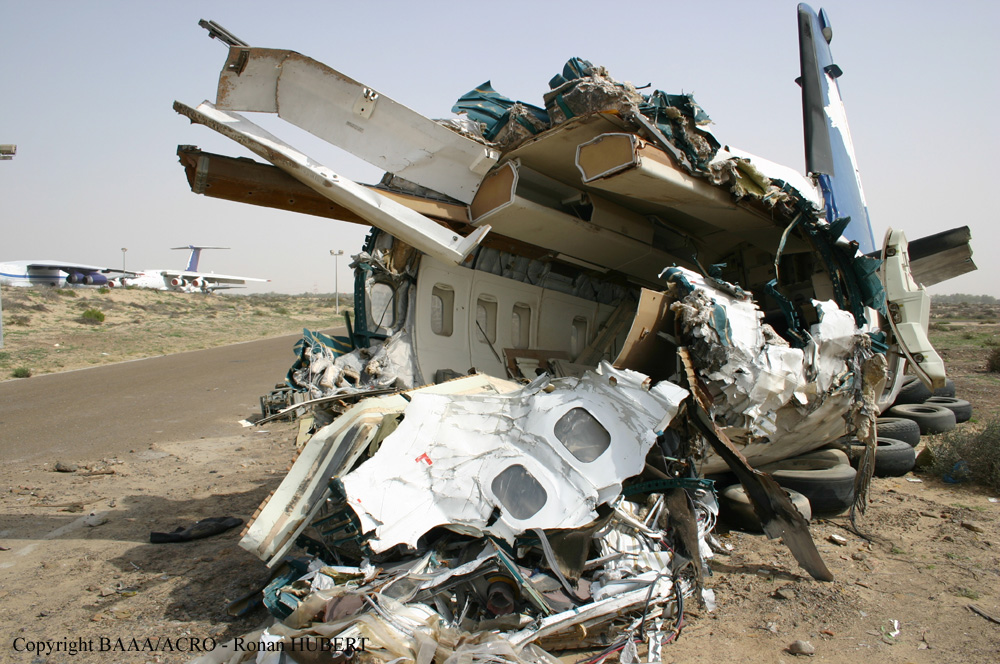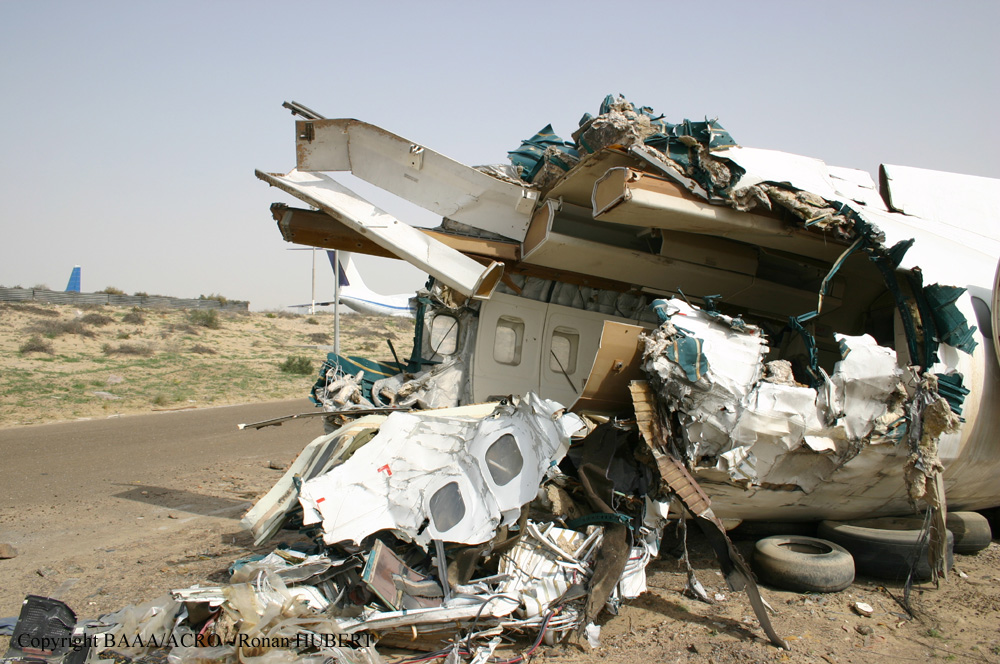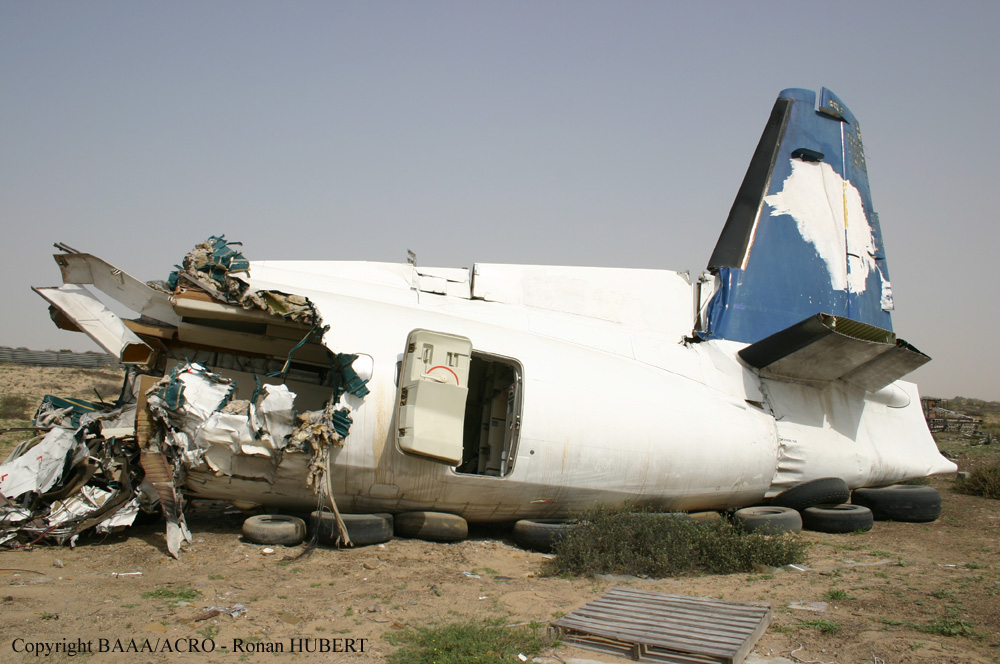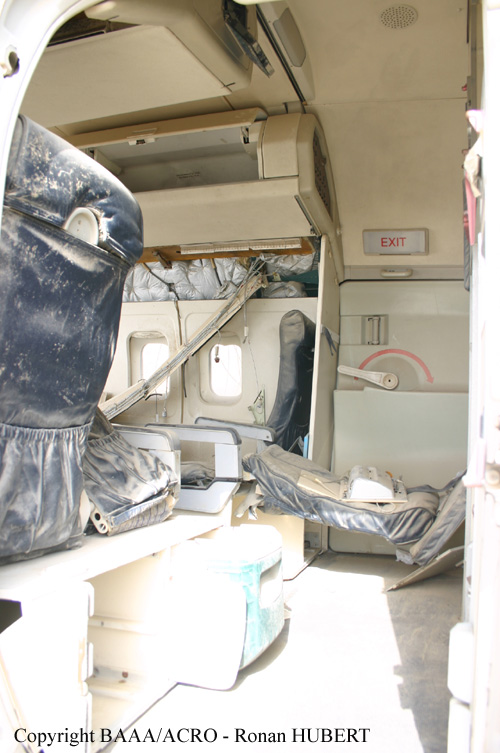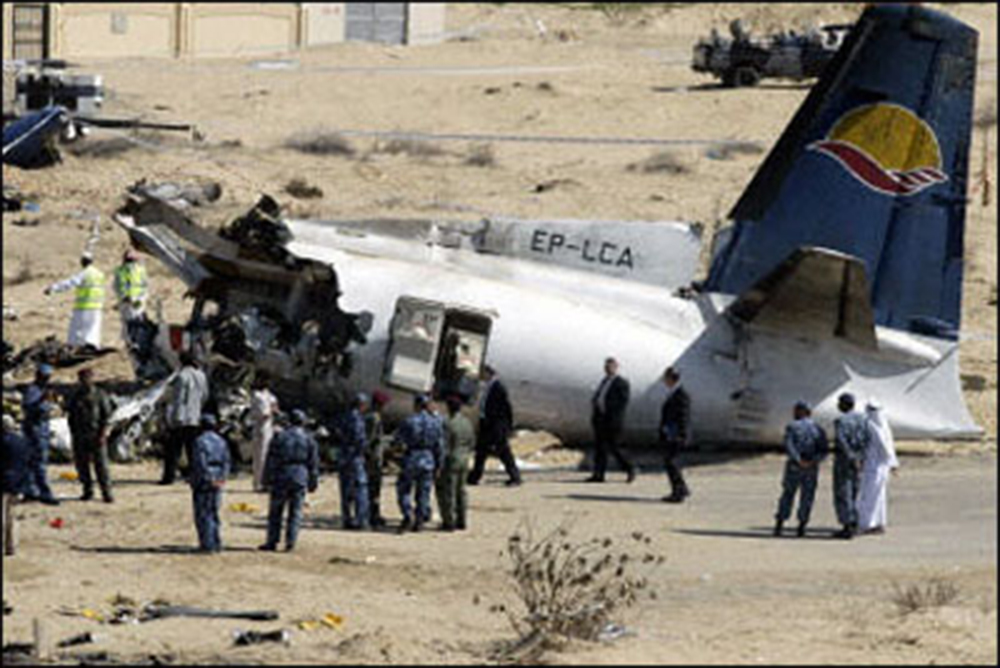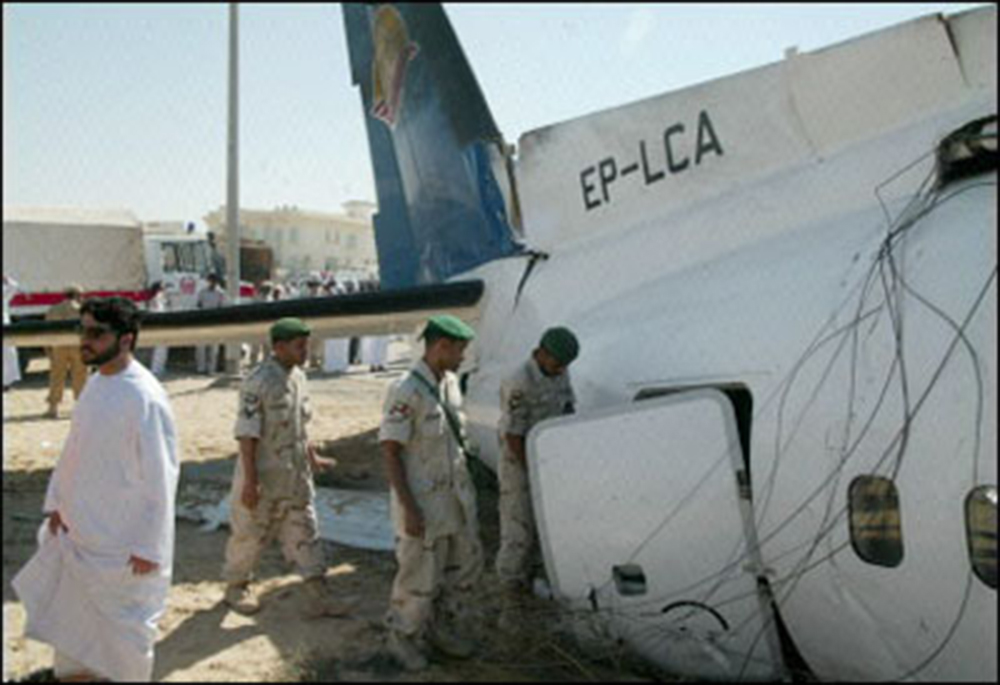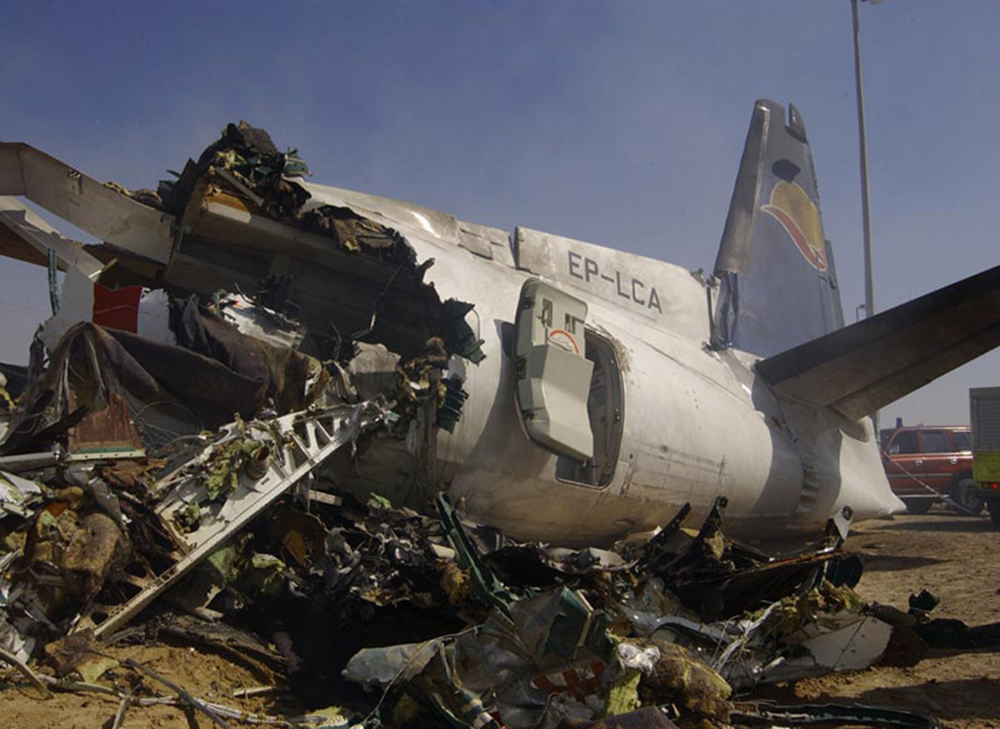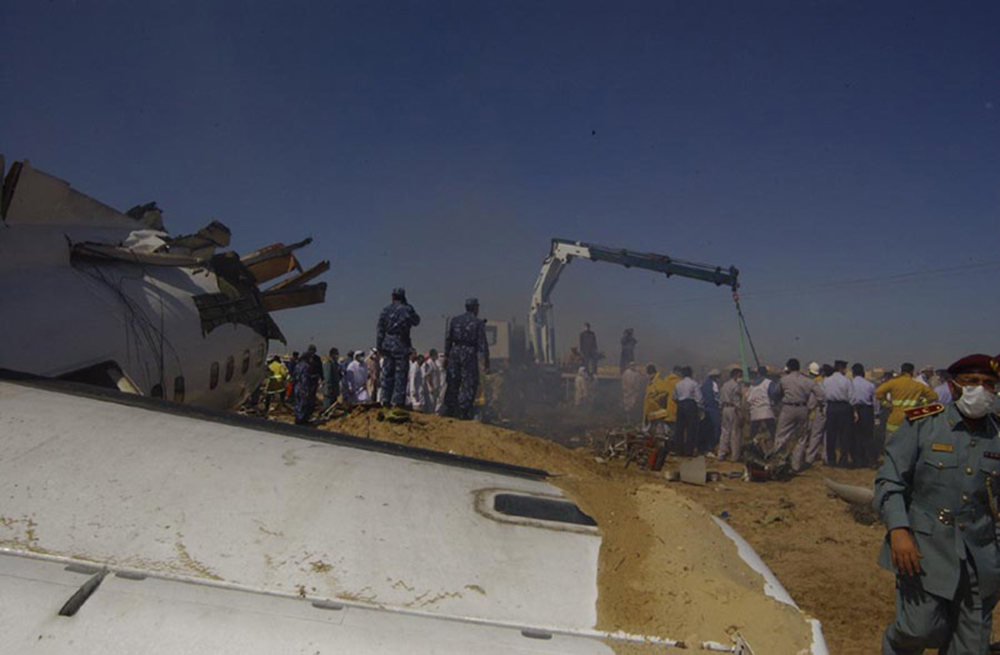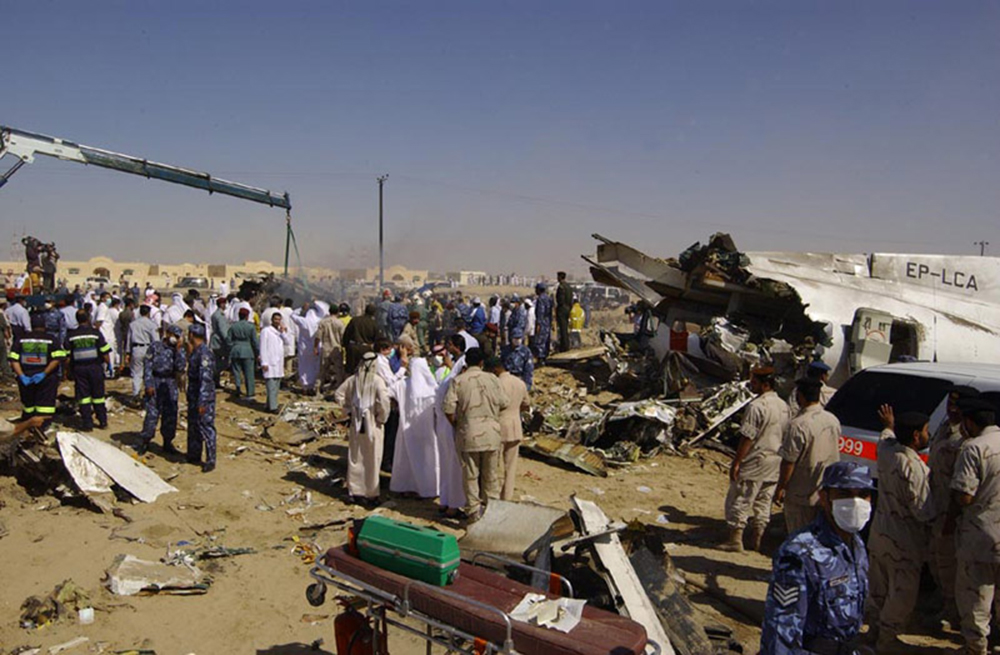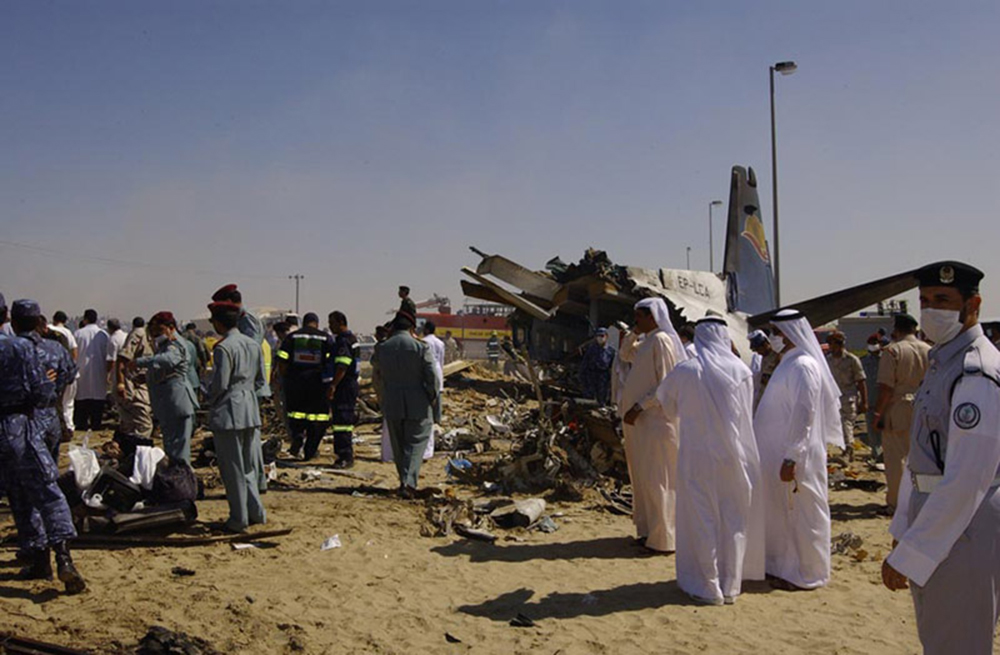Crash of a Cessna 560 Citation Encore at Miramar NAS: 4 killed
Date & Time:
Mar 10, 2004 at 2042 LT
Registration:
165938
Survivors:
No
Schedule:
Grand Junction - Miramar
MSN:
560-0567
YOM:
2000
Crew on board:
2
Crew fatalities:
Pax on board:
2
Pax fatalities:
Other fatalities:
Total fatalities:
4
Circumstances:
The crew was returning to Miramar NAS following a routine training mission in Grand Junction. On final approach to Miramar NAS by night, the aircraft crashed near the interstate 15, about 2,400 metres short of runway 24R. The aircraft was destroyed and all four occupants were killed. A weather observation taken from the base at 2045LT reported five-mile visibility with light fog or haze, and a cloud ceiling at 800 feet.
Crew:
Lt Col T. Nicholson,
Lt Col Robert Zeisler.
Passengers:
Sgt Francisco Cortez,
Cpl Jeremy Lindroth.
Crew:
Lt Col T. Nicholson,
Lt Col Robert Zeisler.
Passengers:
Sgt Francisco Cortez,
Cpl Jeremy Lindroth.




